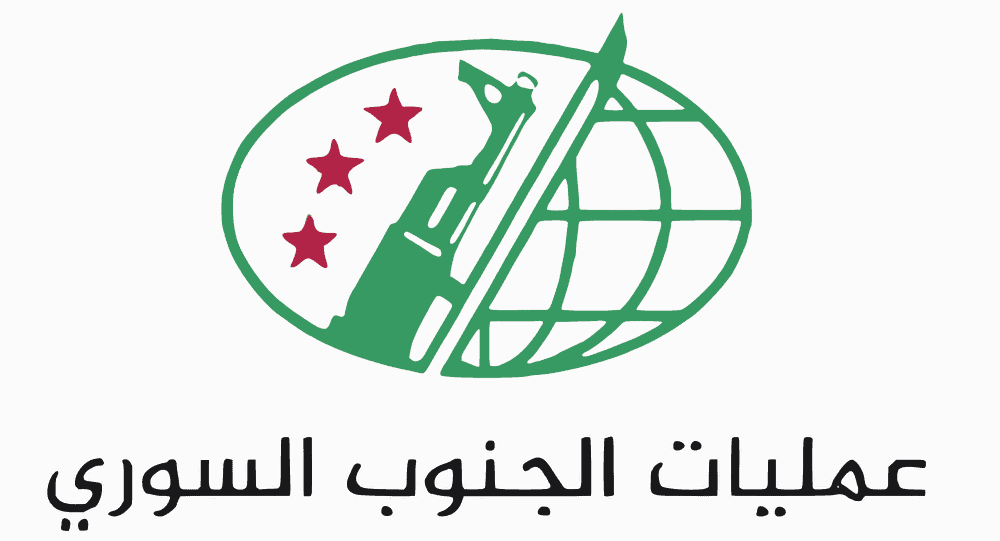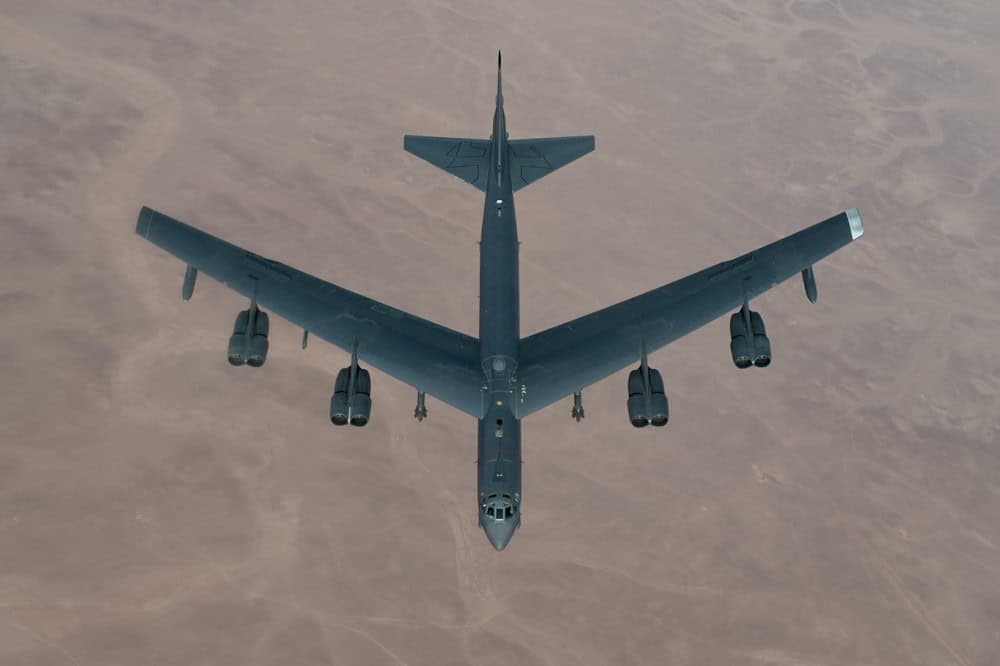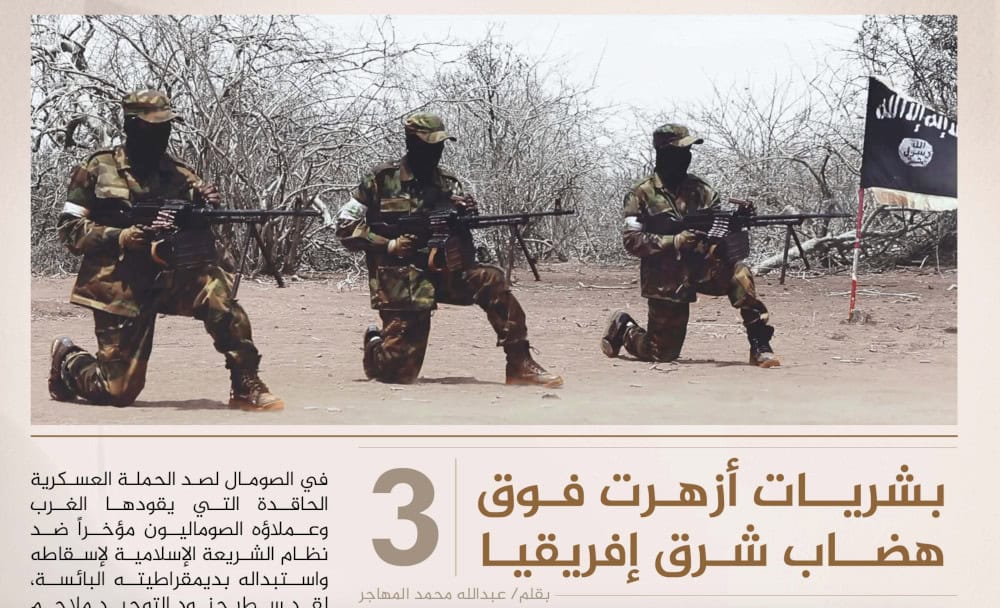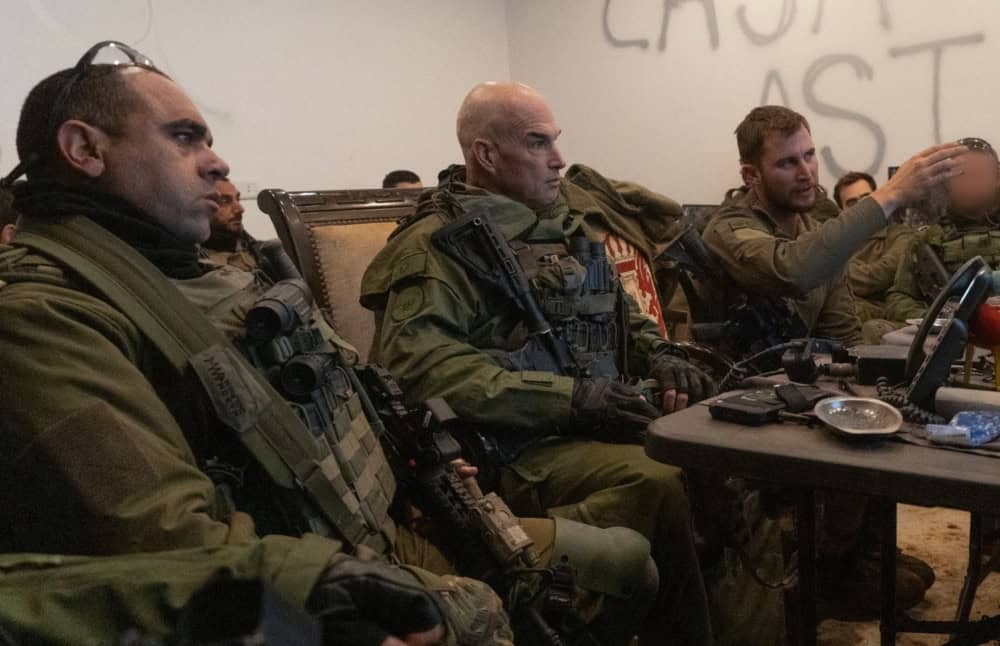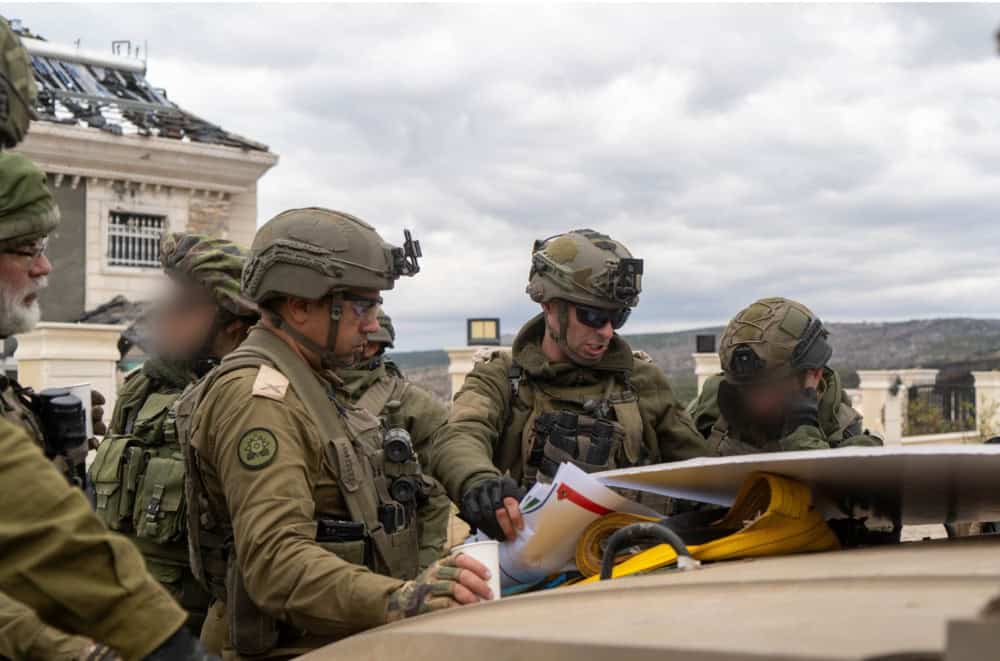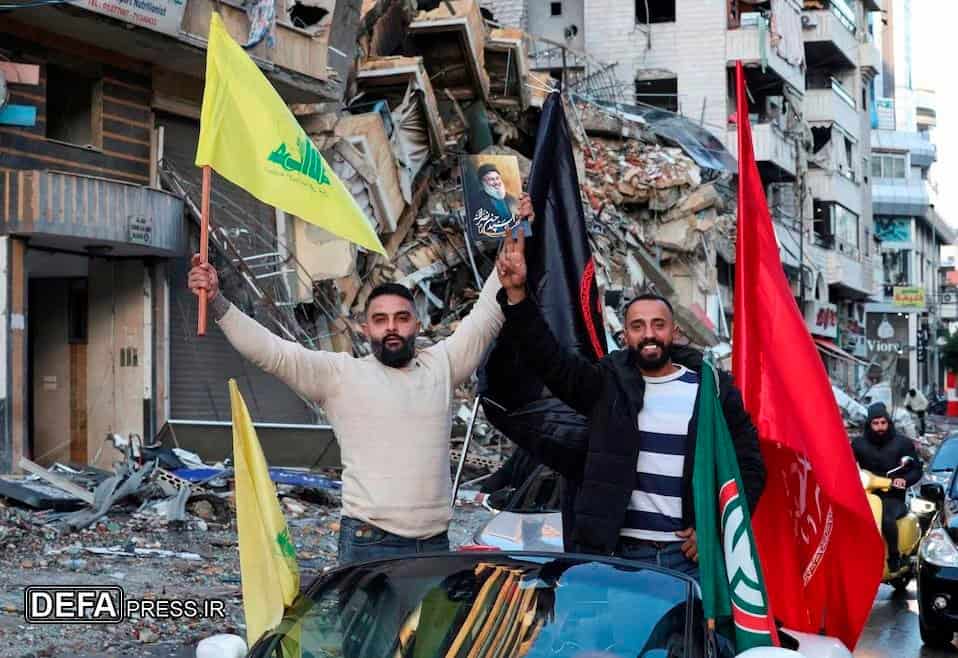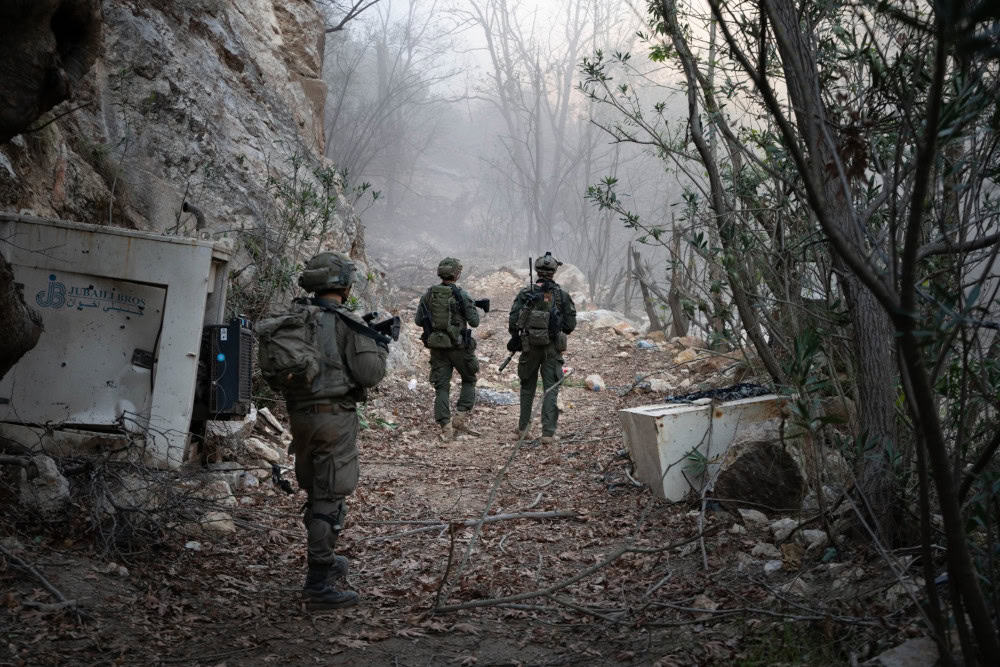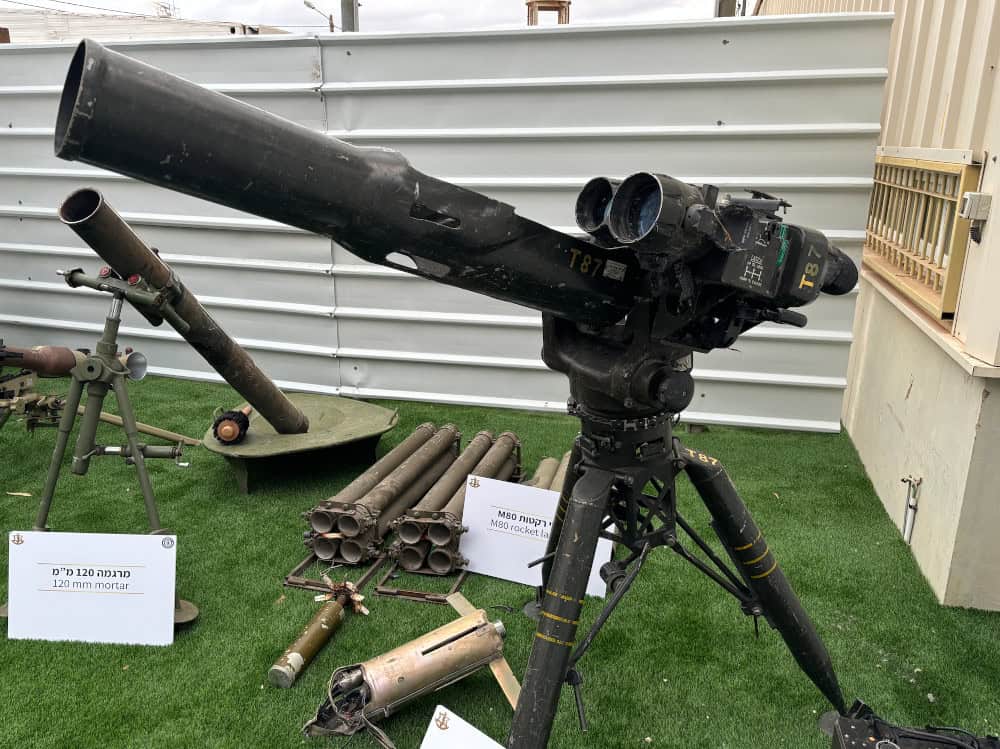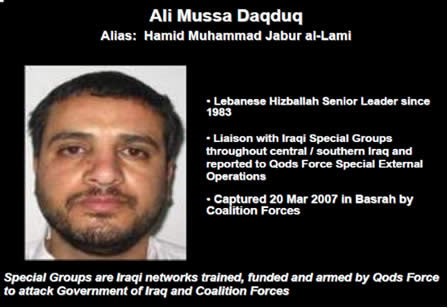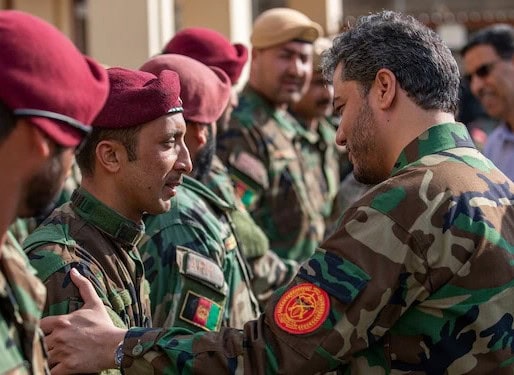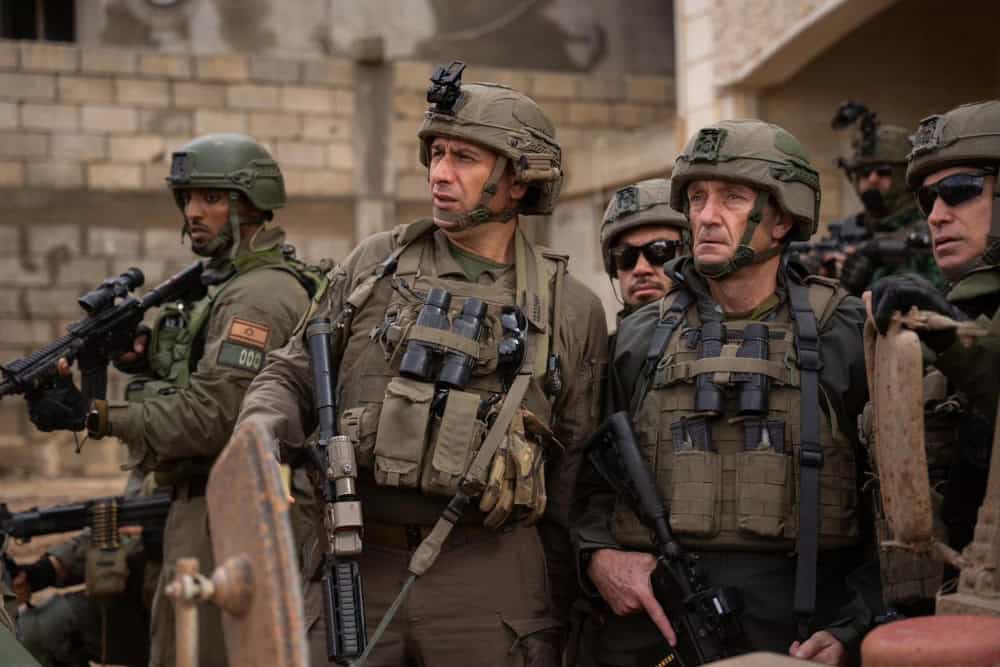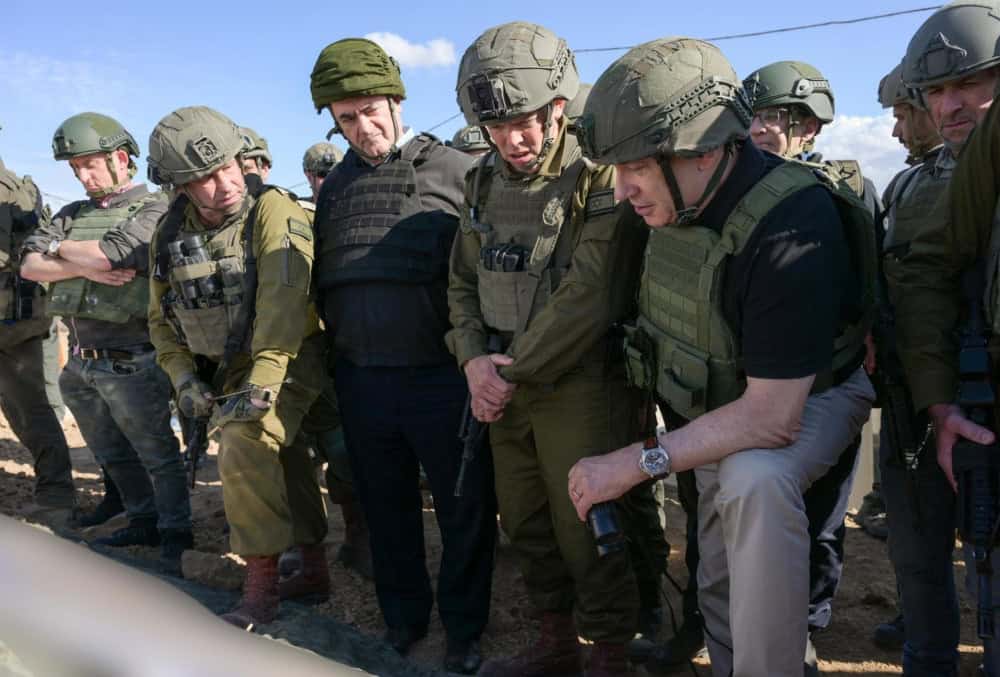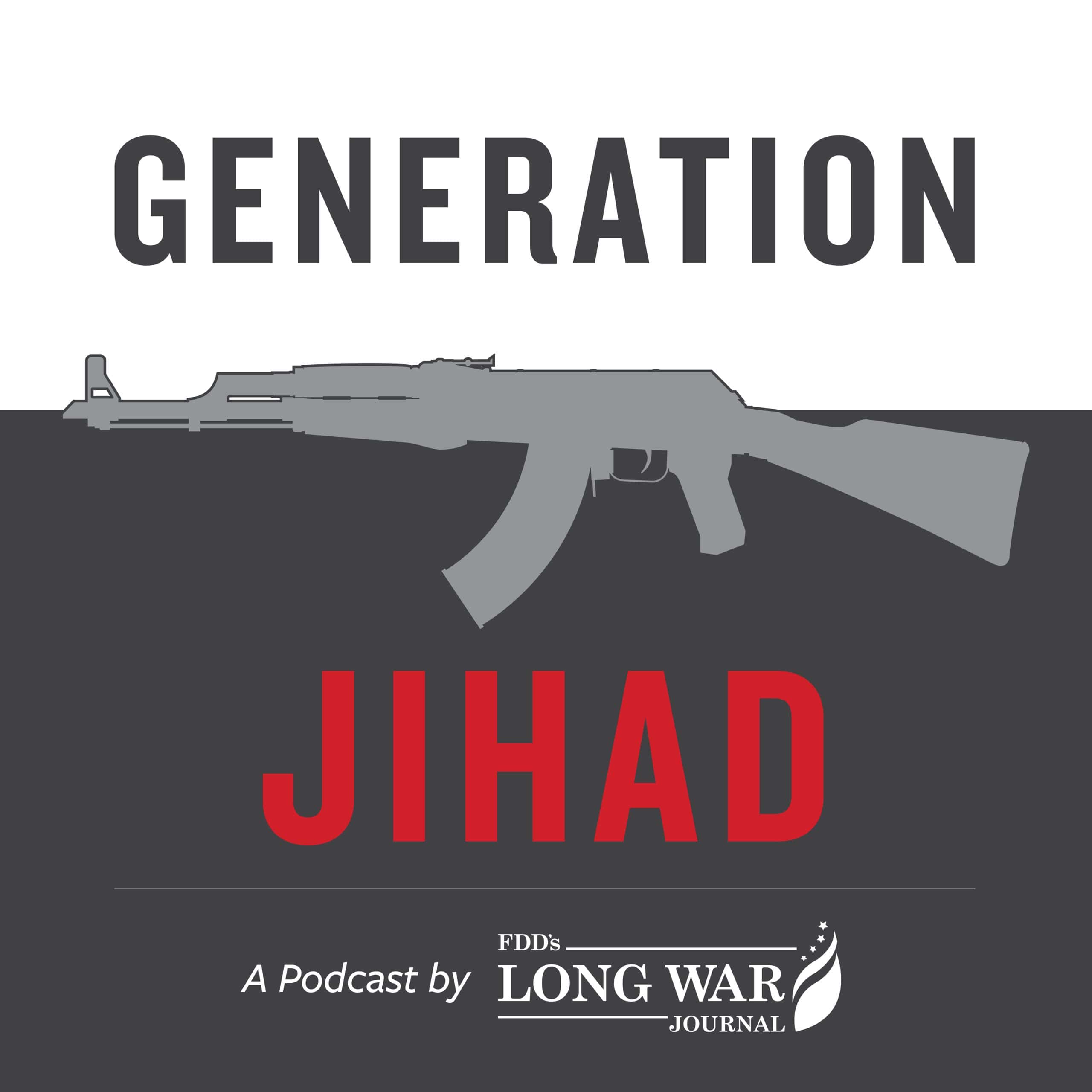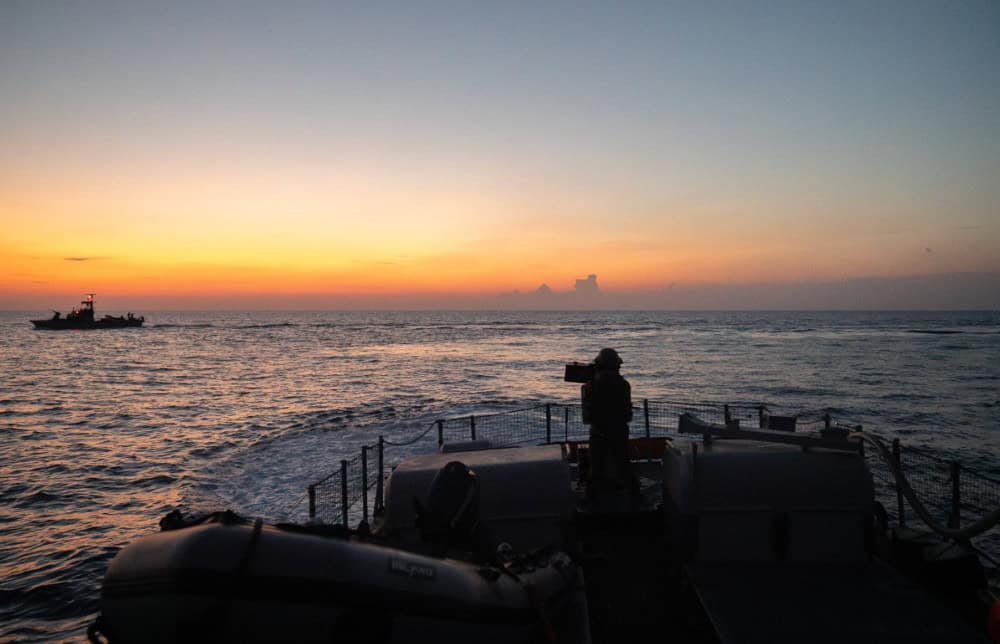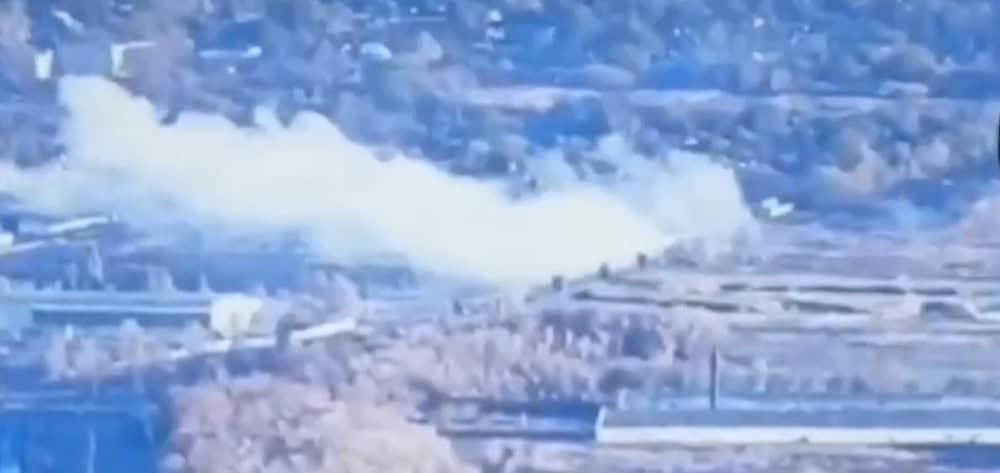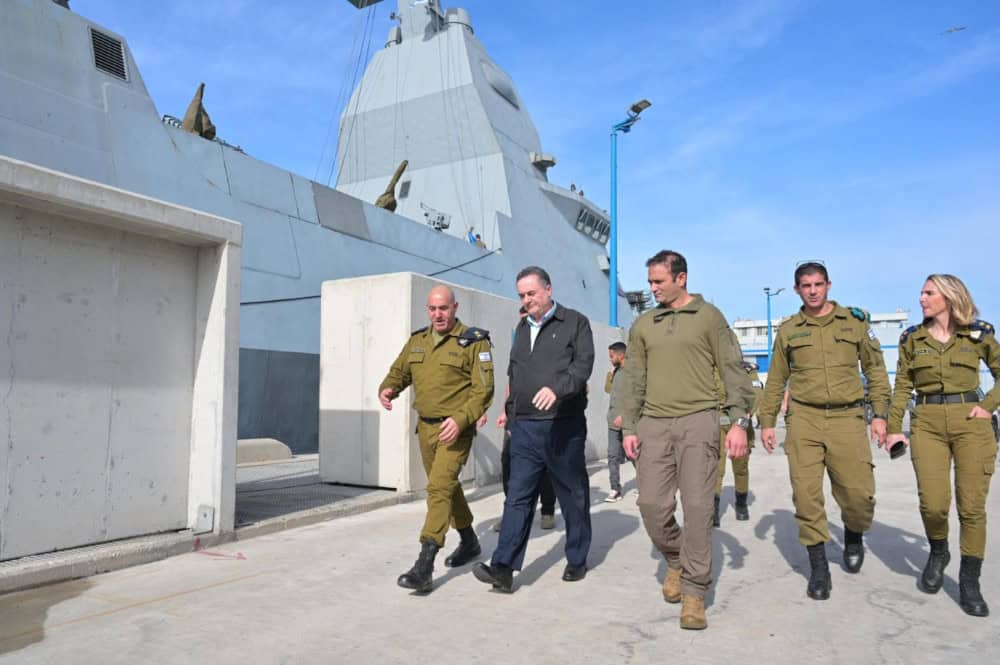
IDF strikes former Syrian regime military sites
Between December 8 and 10, the Israel Defense Forces (IDF) struck more than 300 targets in Syria aimed at eliminating military assets that might fall into the wrong hands and threaten Israel. The strikes targeted air defense systems, missile sites, and Syrian Air Force bases where abandoned warplanes were present. The IDF also eliminated the Syrian Navy fleet. “We have no intention of interfering in Syria’s internal affairs; however, we do intend to do what is necessary for our security,” stated Israeli Prime Minister Benjamin Netanyahu


